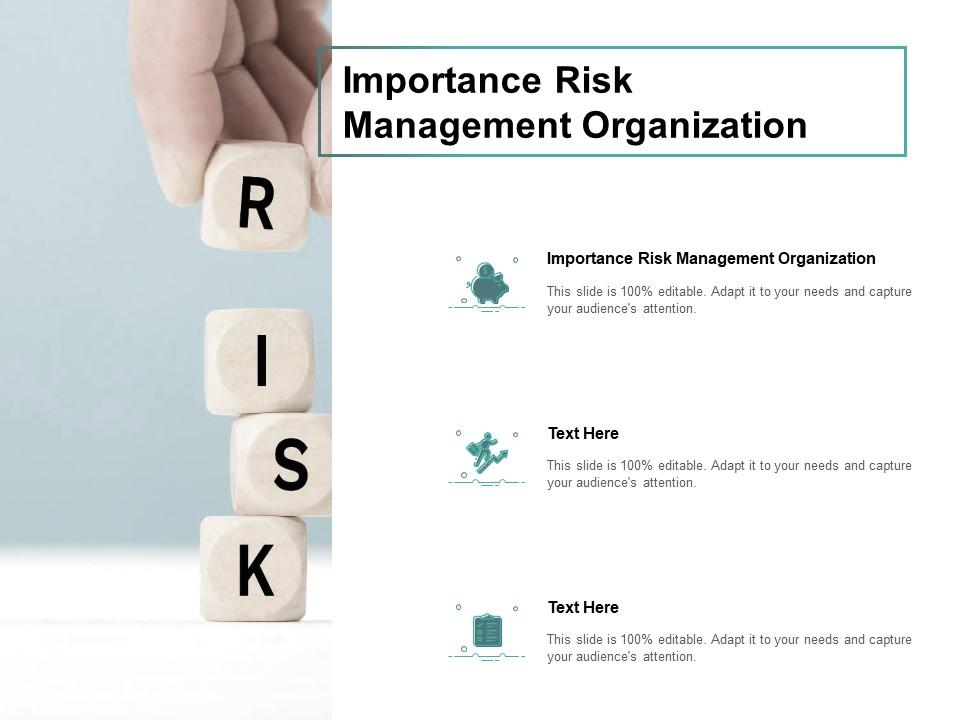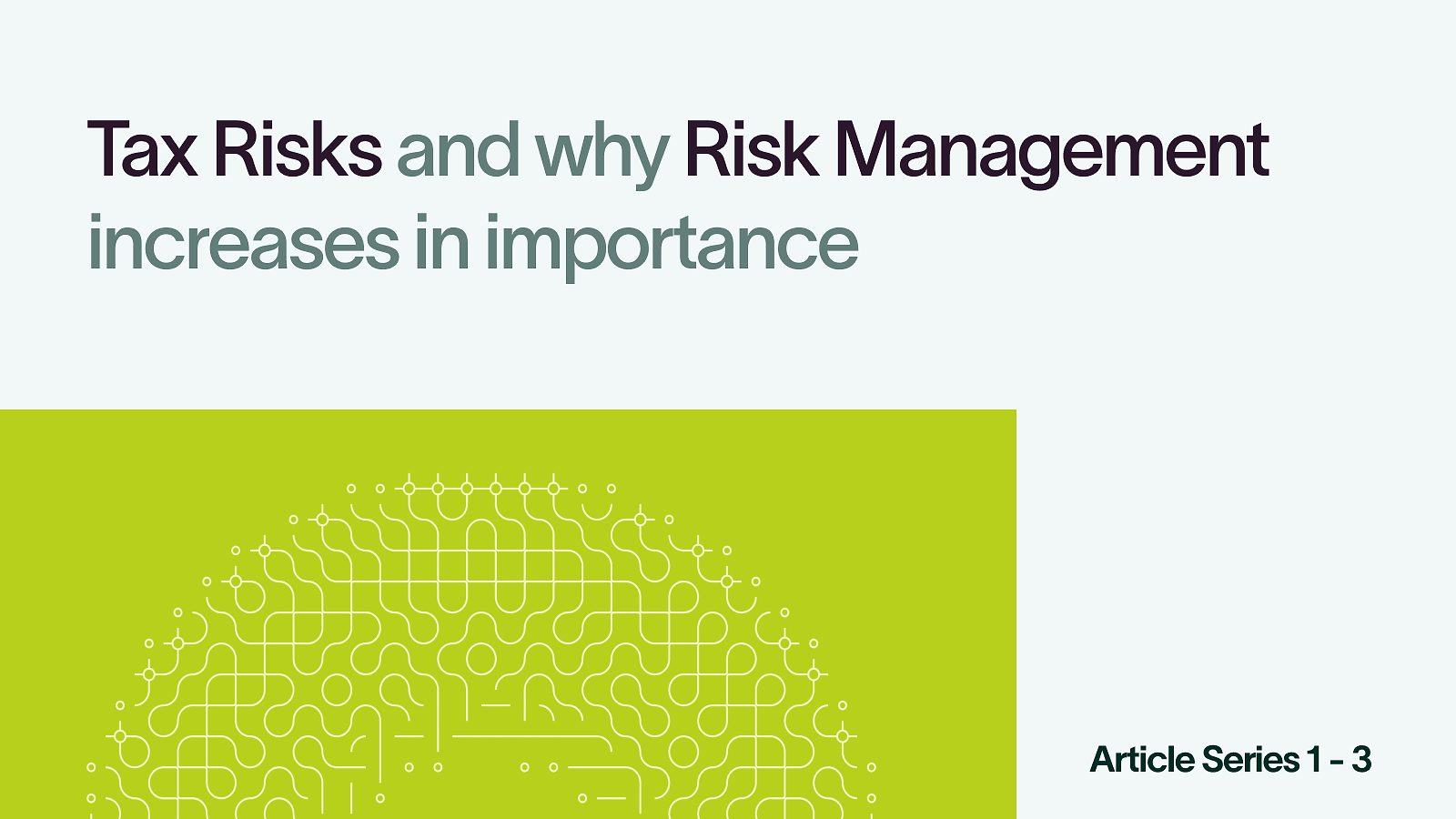The Crucial Importance of Risk Management in Financial Decision Making
Exploring the Value of Risk Management for Effective Decision-Making Approaches
In the elaborate world of company, Risk Management arises as a crucial aspect in the decision-making procedure. The capacity to recognize prospective dangers and opportunities, and strategize as necessary, can lead to the difference between success and failure.
Comprehending the Idea of Risk Management
Risk Management, an important part in decision-making, is frequently misinterpreted or oversimplified. Normally, it describes the recognition, examination, and prioritization of threats to lessen, check, and regulate the chance or influence of unfavorable occasions. Nonetheless, it's not just concerning avoiding unfavorable outcomes, but also about recognizing potential opportunities. Risk Management entails disciplined and structured techniques, making use of information and informative analyses. It needs a comprehensive understanding of the organization's context, goals, and the possible risks that could obstruct them. From economic unpredictabilities, legal obligations, critical Management errors, to crashes and all-natural catastrophes, it deals with different threats. Notably, efficient Risk Management is not stationary; it's a constant, forward-looking procedure that progresses with altering situations.
The Role of Risk Management in Decision-Making Processes
In the realm of strategic preparation and company operations, Risk Management plays an indispensable duty in decision-making procedures. It aids in determining prospective threats and uncertainties that might influence the success of business goals. By mapping these threats, firms can formulate techniques to alleviate their influence, ensuring company continuity and security. Risk Management hence comes to be a vital tool in decision-making, helping leaders to make educated options based upon a comprehensive understanding of the risks involved. It urges a proactive approach, enabling organizations to anticipate and prepare for possible future scenarios. This considerably decreases the probability of adverse repercussions, advertising a lot more efficient and effective decision-making techniques. For that reason, Risk Management acts as a vital component in the decision-making procedures of any organization.

Just How Risk Management Boosts Strategic Planning
In the context of strategic preparation, Risk Management plays an essential role. Launching with the recognition of prospective threats, it additionally prolongs to the implementation of Risk reduction actions. The duty of Risk Management is vibrant but not static, as it demands consistent tracking and adjusting of methods.
Determining Potential Dangers

Applying Risk Reduction
Having established the importance of determining prospective threats, the following action is to explore Risk mitigation. This process includes establishing and applying approaches to manage determined risks successfully. It is a critical element of tactical planning as it boosts decision-making by lessening prospective adverse outcomes. Risk mitigation methods can vary from Risk avoidance, Risk transfer, to risk decrease. Each method ought to be customized to the specific Risk, considering its prospective impact and the company's Risk resistance. Efficient Risk reduction needs a deep understanding of the Risk landscape and the prospective impact of each Risk. This understanding allows organizations to focus on dangers and assign sources successfully, making certain that the most substantial dangers are attended to first.
Monitoring and Readjusting Approaches
Though Risk reduction is a vital action in critical planning, continuous monitoring and modification recommended you read of these techniques is just as important. It additionally gives a possibility to examine the success of the Risk Management procedures, enabling modifications to be made where necessary, further boosting calculated planning. Monitoring and readjusting Risk Management approaches is an important element for improving a company's durability and tactical preparation.
Instance Researches: Successful Risk Management and Decision-Making
In the globe of organization and money, successful Risk Management and decision-making usually act as the columns of thriving enterprises. One such entity is an international oil firm that alleviated monetary loss by hedging against fluctuating oil rates. In one more instance, a technology start-up prospered by identifying and accepting risky, high-reward approaches in an unpredictable market. A worldwide financial institution, confronted with regulatory unpredictabilities, efficiently browsed the circumstance with positive Risk assessment and vibrant decision-making. These instances highlight the value of astute Risk Management in decision-making processes. It is not the lack of right here Risk, but the Management of it, that typically differentiates effective business from unsuccessful ones. These instances highlight the crucial role of Risk Management in critical decision-making. importance of risk management.
Tools and Techniques for Efficient Risk Management
Navigating the elaborate puzzle of Risk Management needs the appropriate set of techniques and tools. These devices, such as Risk registers and warm maps, help in identifying and evaluating possible threats. Techniques include both measurable approaches, like sensitivity analysis, and qualitative approaches, such as SWOT analysis. These help in prioritizing dangers based upon their possible impact and possibility. Risk action strategies, an essential part of Risk Management, involve accepting, preventing, transferring, or mitigating dangers. Tracking and managing threats, through routine audits and reviews, make sure that the methods stay effective. With these tools and strategies, decision-makers can browse the facility landscape of Risk Management, consequently promoting educated and effective decision-making.
Future Fads in Risk Management and Decision-Making Strategies
As we explore the large landscape of Risk Management, it ends up being apparent that the tools and strategies used today will certainly remain to progress. Future patterns point in the direction of an increased dependence on innovation, with synthetic intelligence and artificial intelligence playing considerable functions. These innovations will make it possible for companies to forecast prospective click risks with greater accuracy and make even more enlightened choices. In addition, there will be an expanding focus on strength, not just in taking care of threats but also in recovering from adverse scenarios. The concept of Risk society, where every member of a company is aware and included in Risk Management, will obtain much more prestige. These trends advertise an even more comprehensive and proactive technique towards Risk Management and decision-making.
Final thought

Risk Management hence ends up being a crucial tool in decision-making, helping leaders to make informed choices based on an extensive understanding of the risks entailed. Risk mitigation strategies can range from Risk evasion, Risk transfer, to risk reduction (importance of risk management). Reliable Risk reduction needs a deep understanding of the Risk landscape and the potential impact of each Risk. Risk reaction approaches, a key component of Risk Management, entail approving, preventing, moving, or mitigating dangers. The concept of Risk culture, where every member of a company is mindful and entailed in Risk Management, will certainly obtain more prominence